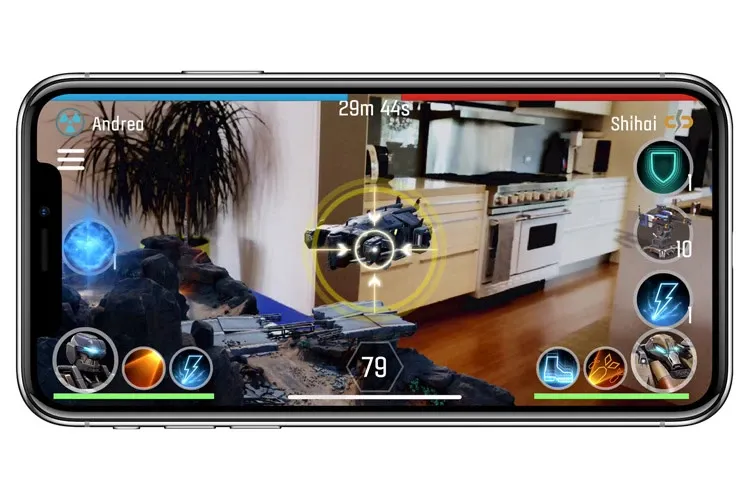Qualcomm Announces Snapdragon 8 Gen 5 Platform
Qualcomm added its latest smartphone platform to its premium-tier Snapdragon range.

Apple packed its $1,000 iPhone with augmented reality features, betting the nascent technology will persuade consumers to pay premium prices for its products even as cheaper alternatives abound, according to Bloomberg.
The iPhone X, Apple’s most expensive phone ever, was one of three new models CEO Tim Cook showed off during an event at the company’s new $5 billion headquarters. The Watch capabilities pushed Apple shares up more than 1 percent, but the iPhone X had few ground-breaking features that weren’t already telegraphed, and the stock gave up those gains to end the day down 0.4 percent.
"Expectations were for the company to deliver a device with a relatively more robust set of upgraded features," Michael Olson, an analyst at Piper Jaffray, wrote in a note to investors. "Apple generally met these lofty expectations." Those features are mostly designed for augmented reality, which superimposes digital information onto a person’s view of the real world. Cook has said AR could be as significant as the smartphone itself, and some analysts expect it to drive hundreds of billions of dollars in extra device sales in coming years.
A $1,000 iPhone could add as much as 6 percent to Apple’s 2018 earnings per share, Bernstein analyst Toni Sacconaghi estimated last week. But that depends on the iPhone X being a hit, and there’s more competition from lower-cost Chinese competitors such as Huawei and Xiaomi, which timed the introduction of their new phones around Apple’s launch to attract customers who may be deterred by the iPhone X’s price.
The high price may be affordable for devoted Apple fans and other higher-income earners who will pay through monthly installment plans, which accounts for about 80 percent of U.S. users, according to Bob O’Donnell, president of TECHnalysis Research. It may, however, be a problem in China. The iPhone X’s higher price is unlikely to lose Apple customers, since they can always opt for the cheaper models. Those cheaper handsets are particularly important for attracting new customers.
Apple executives spent much of Tuesday’s event describing how AR is at the core of the new flagship iPhone X. Its new screen, 3-D sensors, and dual cameras are designed for AR video games and other more-practical uses such as measuring digital objects in real world spaces. Months before the launch, Apple released a tool called ARKit that made it easier for developers to add AR capabilities to their apps.
These technologies have never been available in consumer devices and solidify the platform on which Apple will retain and grow its user base for the next decade. Apple has been slower to AR technology than Google, which launched an AR software tool called Tango back in 2014. But Apple’s ability to push the ARKit software to hundreds of millions of new and updated iPhones at once has already persuaded developers to start making new AR apps for these devices.
The AR market could be worth $404 billion over the next three years, with $286 billion from purchases of new devices and the rest in software and services, Morgan Stanley estimated this week. In the most optimistic scenario, that would lift Apple’s 2019 earnings per share 27 percent higher than consensus estimates, the analysts wrote.
Apple has faced manufacturing difficulties with the new handset, leading to production delays. The company has been unable to source enough OLED panels for the new screen because there are only a handful of factories making the component. Efforts to incorporate a fingerprint scanner underneath the touchscreen also prompted delays and were ultimately abandoned. The FaceID solution ultimately replaced the fingerprint sensor.